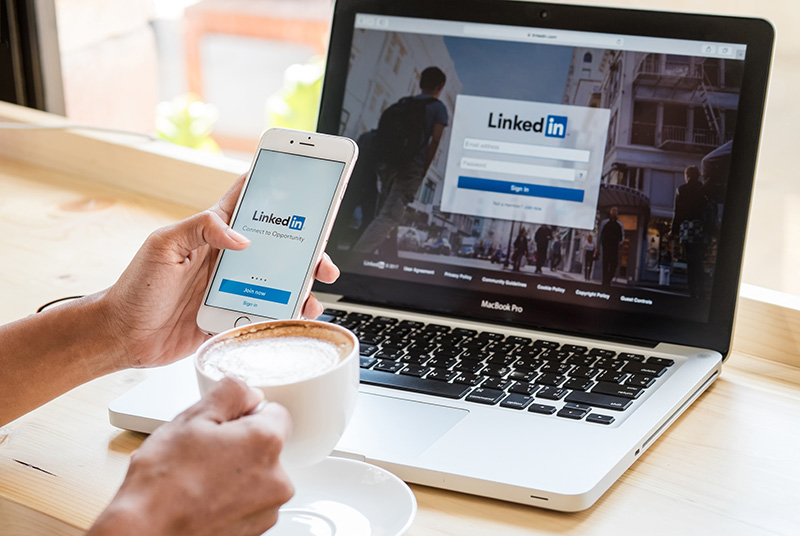
Becoming LinkedIn
Virtual Alumni Workshop | November 5, 2020
LinkedIn is different than other social media sites. It isn’t filled with pictures of your families, vacations or what your friends ate for dinner last night. This virtual networking platform is all about your professional life.
Today, more than 700 million professionals can be found on LinkedIn with two new members joining every second. And lucky for the CCAA, it is also a very active resource for college and university alumni groups.
In the Career Corner virtual presentation “Becoming LinkedIn,” led by Dan Gomez-Palacio, director of the Grossnickle Career Services Center, we discussed tips and tricks for creating a professional profile.
Many people may wonder what the difference is between a resume and a LinkedIn profile page. While both outline your work history, LinkedIn works alongside your resume. The digital platform is not limited to space and contains real-time recommendations and endorsements from co-workers, clients and even industry leaders.
Just as with a printed resume, your LinkedIn profile can be adjusted for where you are in your profession. You can tailor your message to support active job searches or highlight your current employment, linking to more information about the organizations you work for and even to their own online presence.
When setting up your page, make the most of each section.
- Profile Picture: Make sure your photo is well-lit and portrays a professional tone, whether it is a portrait or “in-action” shot.
- Headline: One of the most visible sections of your profile, here you will should list hard skills, current job title or focus on your career aspirations.
- About: Tell your story — but make it quick. Write one or two sentences about who you are, three to five sentences about your experience and wrap up with a sentence about your goals. Pro tip: Summaries of 40 words or more will be shown in more search results.
- Experiences and skills: Treat it like a resume, detailing your work over the last 10 years. Check for typos and correct grammar usage. Be aggressive with your skillset! You don’t have to be an expert to be skilled.
When building your network, make meaningful connections.
- Unlike Facebook, you don’t want to limit contacts to people you already know.
- Send a note with connection request that remind them how you met and asks a question. This encourages a response and can jumpstart a conversation.
- Search the Columbia College network.
Other ways to use LinkedIn
- Follow companies and businesses that interest you.
- Follow industry and thought leaders.
- Join and be active in groups.
- Offer and request endorsements and recommendations from your contacts.
Additional Resources
- Download the PowerPoint presentation.
- Columbia College offers access to Handshake, a national job search system
- Graduates prior to 2013 may contact Career Services to set up a password
- Graduates after 2013 should have a password but can call for assistance
- Check out the resources library for articles on cover letter templates, the value of networking, negotiating a salary and job search resources
- Schedule an appointment with a staff member in the Grossnickle Career Services Center
Presenter: Dan Gomez-Palacio, Director of the Grossnickle Career Services Center
Moderator: Keith McIver, Director of Alumni Development